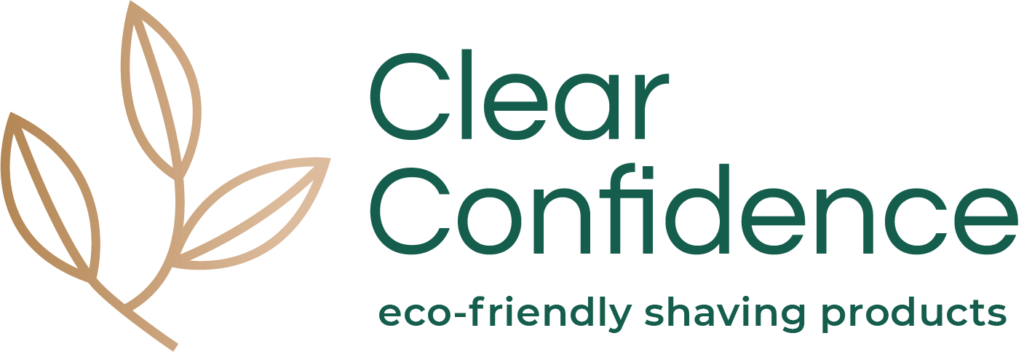Personal Care
What’s in a pimple?
The life cycle of a pimple begins around 2-3 weeks before it appears on the surface of the skin. It starts in your sebaceous hair follicles, or pores when the glands which are located at the base of hair follicles, become overactive. The sebaceous glands make an oily substance called sebum that empties onto the skin surface through the opening of the follicle, commonly called a pore.
A pimple is formed by a combination of bacteria on the skin and clogged pores. When dead skin cells, oil and bacteria get into a pore, it creates an infection. The hair and sebum that fill the narrow follicle may produce a plug, which is an early sign of pimple. The plug prevents sebum from reaching the surface of the skin through a pore. The mixture of oil and cells allows bacteria that normally live on the skin to grow in the plugged follicles.
These bacteria produce chemicals and enzymes which the body fights by sending its army of white blood cells that leads to inflammation. If this inflammation occurs deep enough in the pore in proximity with a nerve, it may cause pain. It pushes against the nerve and can also stretch the surrounding skin depending on its size. When the wall of the plugged follicle cripples down, it empties the sebum, shed skin cells and bacteria into the nearby skin causing pimples.
Sometimes, the hormone levels increase the production of sebum, waxy stuff that comes out through your pores to lubricate the hair and skin. When too much sebum is produced, it combines with dead skin cells to block the pores partly or all the way, leading to those painful bumps called pimples.

8 simple steps to the best shave
8 simple steps to the best shave possible